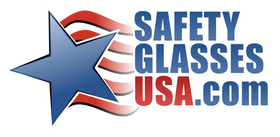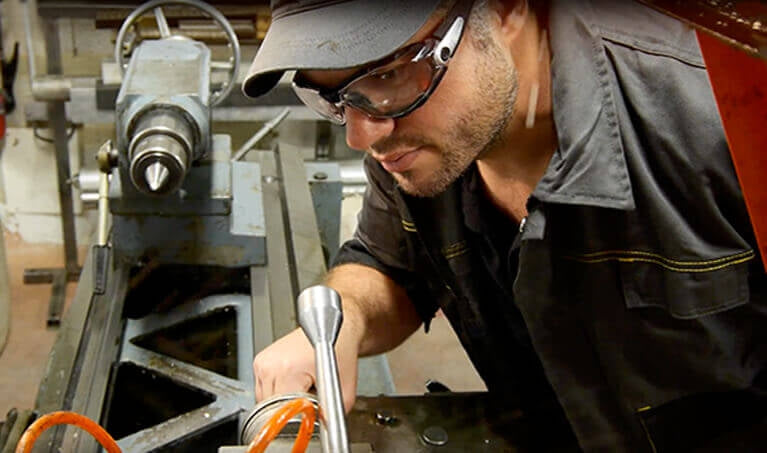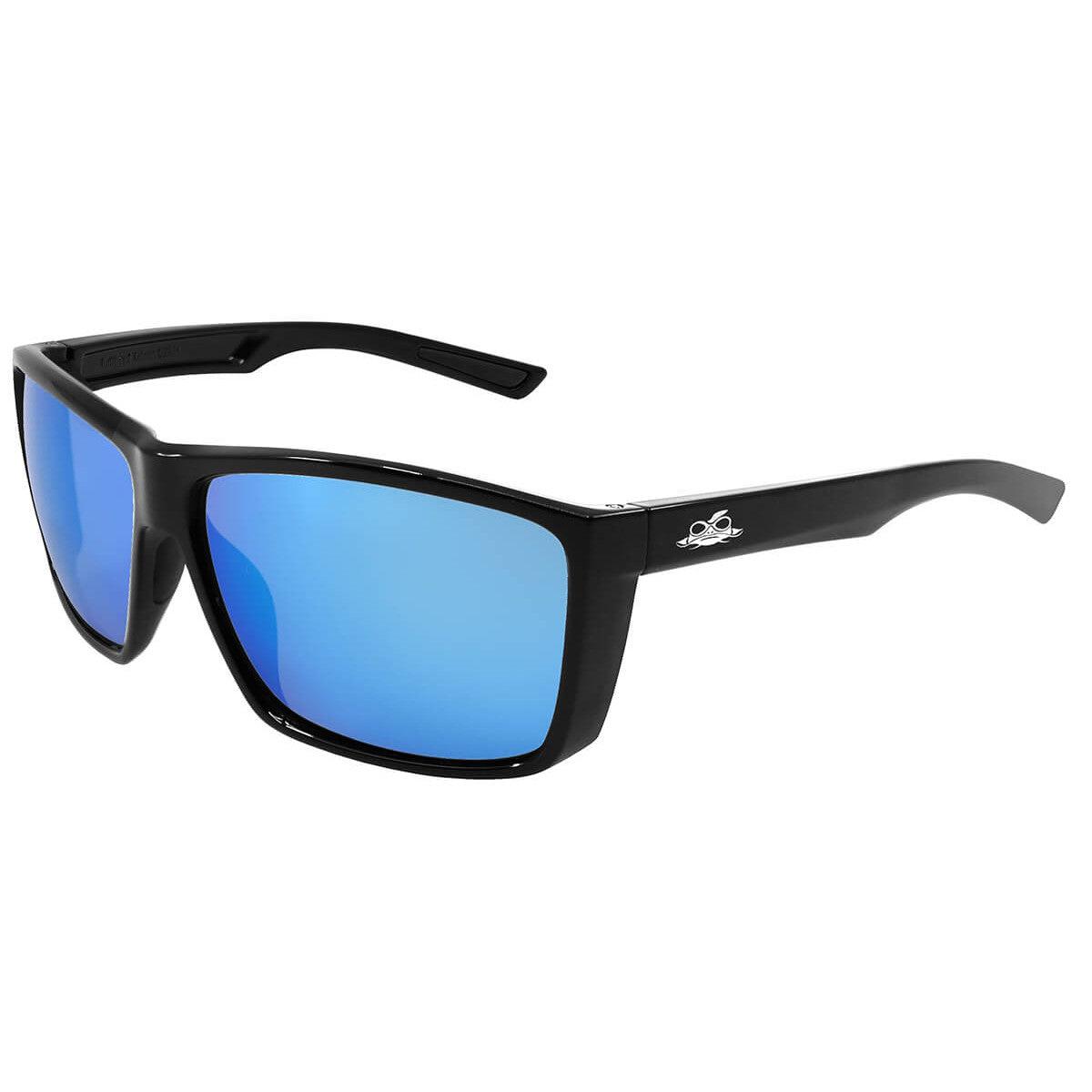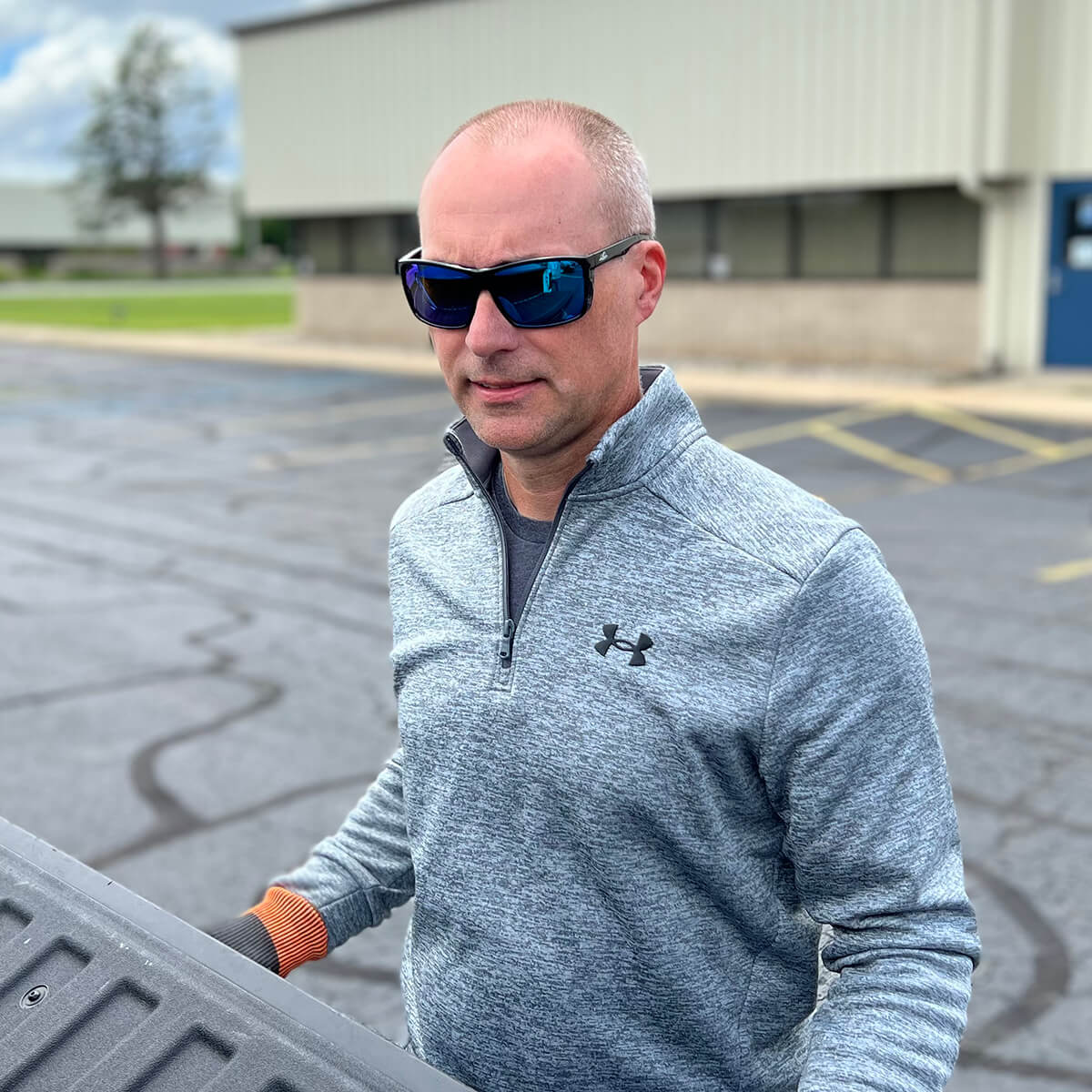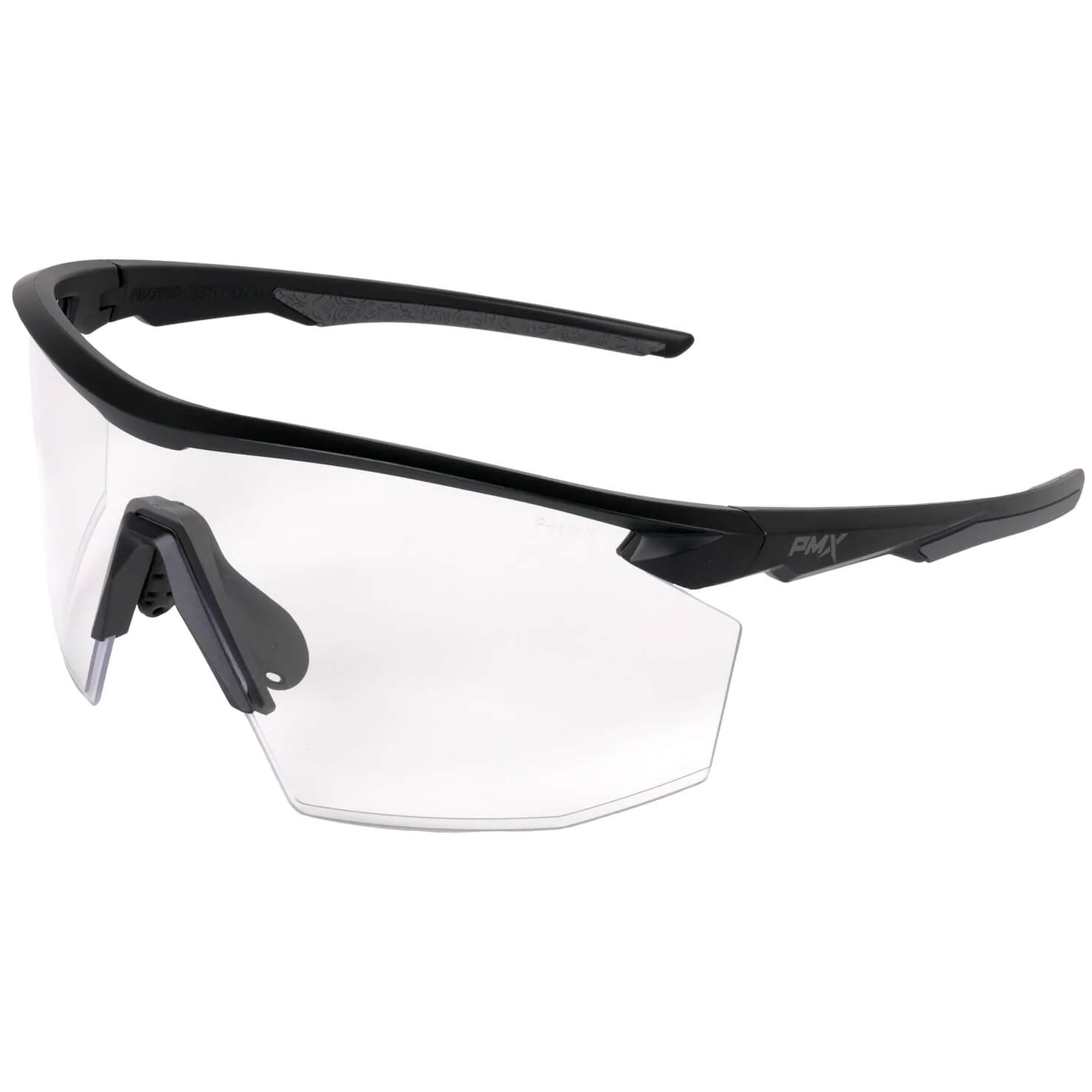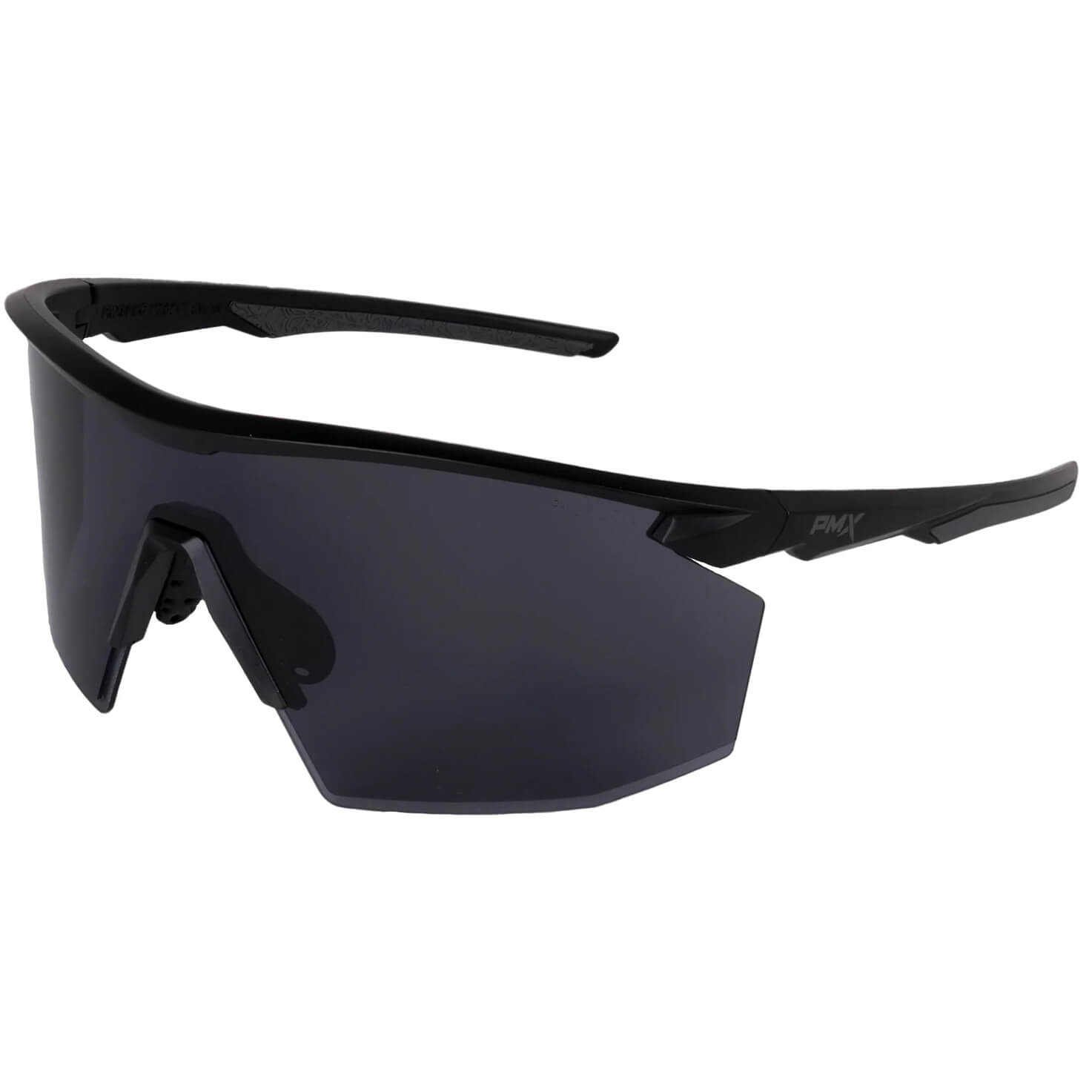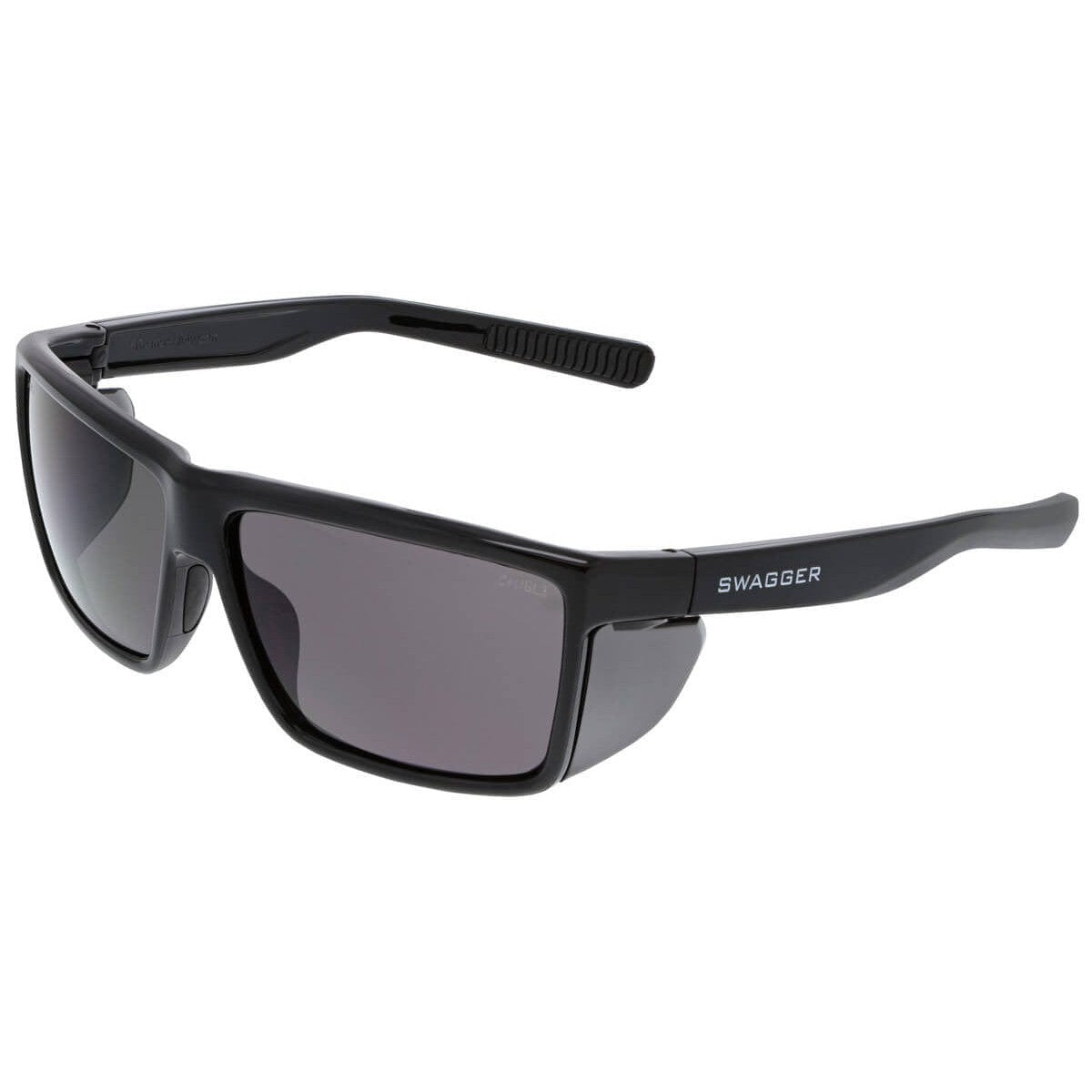You should wear safety eyewear whenever there’s a risk of eye or face injury. While required in many workplaces, safety eyewear use goes well beyond the obligation. Knowing when to wear safety eyewear involves using common sense to assess workplace, home, and recreation hazards. Only then can you make an educated decision about when you should wear safety eyewear.
Eye Injury Can Happen Anywhere and Anytime
According to Workplace Eye Injury, almost half (44%) of eye injuries occur at home, and 40% occur during sports. In addition, work-related accidents account for 15% of all eye injuries.
In the workplace, OSHA provides assistance about when to wear safety eyewear. However, at home and during recreation, few requirements exist. Regardless, education about when to wear safety eyewear remains essential in preventing 90% of yearly eye injuries in the United States. Safety eyewear is simply the last line of defense for protecting eyes, whether at work, at home, or recreational activities.
Eye Hazards Always Exist
A hazard is any impending danger or risk. Sometimes foreseeable, at times not, eye hazards always exist, though some are more common than others.
The five most common types of eye injuries come from hazards like blunt objects, body parts and sharp objects. These make up half of the 2.5 million eye injuries occurring yearly with 50,000 being permanent loss of at least partial vision.
Another significant portion of eye injuries comes when foreign matter gets rubbed into an eye and causes surface wounds like abrasions and scratches. Other hazards include chemicals, adhesives, radiation, tools, and equipment.
Knowing When to Wear Safety Eyewear is Critical
Lawrence Gibbs, the associate vice provost for environmental health and safety at Stanford University in Palo Alto, California, tells Science that constantly knowing when to wear safety eyewear is crucial.
“Your overall risk is related to the probability of exposure and the severity of the outcome. You only have one set of eyes, and the goal is to protect yourself. You have to be cognizant at all times of what the appropriate equipment is.”
You should wear safety eyewear when working in or near conditions and tasks that often cause eye injuries. This means wearing safety eyewear when working in or around potentially dangerous jobs and hazardous areas.

However, remember that multiple eye hazards may exist, and injury can happen to someone not directly involved in a task. Therefore, being aware of surroundings is essential in knowing when to wear safety eyewear, regardless of location.
Wear Safety Eyewear When Required
Under the OSH Act, the responsibility for providing a safe and healthful workplace falls on employers. Within that, OSHA requires employers to provide workers with suitable eye protection. OSHA enforces standards to ensure this happens and hands out fines when it doesn’t.
“OSHA requires employers to ensure the safety of all employees in the work environment. Eye and face protection must be provided whenever necessary to protect against chemical, environmental, radiological or mechanical irritants and hazards.”
Though OSHA assists employers, recommending when employees should wear safety eyewear and sometimes what kind they should wear, the ultimate responsibility falls to employers. Companies can know when employees should wear safety eyewear by identifying workplace hazards. They must then decide the best approach for preventing injury from different risks.
Identifying Hazards in the Workplace
According to the Bureau of Labor Statistics (BLS), most workers receiving eye injuries were not wearing safety eyewear at the time of the injury. So why weren’t they wearing any safety eyewear? They didn’t think they needed it for the particular situation.
Knowing when to wear safety eyewear in the workplace is a significant issue. After all, about 2,000 workplace eye injuries take place daily. Don’t let ignorance be an excuse for injury. Remind workers regularly about when to wear safety eyewear. Start by understanding the most high-risk workplace situations.
Hazardous Occupations
The majority of workplace eye injuries happen within manufacturing, construction, trade, and educational and health services, 72% according to the BLS. Most injuries also required at least a day away from work.

Manufacturing injuries happen most often around industrial equipment such as sanders and grinders. Assembly workers are also among the top group for eye injury in the workplace. In construction, craft workers are at the highest risk for high injuries, with mechanics, plumbers, repairers, and carpenters at the top of the list.
Among specific occupations, twelve had at least 500 eye injuries in 2008. These occupations accounted for 44% of all occupational eye injury cases in private industry. With 2,010 cases, laborers and freight, stock, and material movers incurred the most eye injuries, followed by welders, cutters, solderers, and brazers.
Turning to broader occupational groups, five categories — production; installation; maintenance and repair; construction and extraction; service; and transportation and material moving occupations — accounted for 87 percent of eye injuries among private industry workers. (BLS)
Health care workers and laboratory staff also work in dangerous occupations. They face a constant risk of infectious diseases, like HIV and hepatitis, transmitted through the mucous membrane of the eyes. Janitorial staff faces equal danger since they regularly work with chemicals.
Constant Vigilance
Knowing when to wear safety eyewear in the workplace requires constant attention. Jim Johnson, CSP, safety manager for Black and Veatch and a member of ASSE’s Construction Practice Specialty Group, captured this fact well when he told ISHN,
“The work site itself is a hazard. Workers need to wear their eye protection equipment not only when there is a potential eye hazard, but they have to be ready at all times.”
Statistics show, however, that the home is as hazardous as the workplace regarding eye safety.
Eye Safety Neglected at Home
Most people consider their home a safe haven. But unfortunately, the potential for eye injury is as high at home as in the workplace. In fact, 44% of all eye injuries occur at home. Also, four out of ten accidents that cause blindness happen at home.
Accidents can occur anywhere inside a home. Eye Injury Prevention says 33% of them happen in the kitchen, bedroom, bathroom, or family room. Household cleaners are some of the biggest culprits and cause 125,000 eye injuries yearly.
Outside, eye injury often happens during yard work. Hazards like mowers, trimmers, and shovels propel dirt and debris into the air. Branches, twigs, and thorns swing into the eyes. Even gardening poses a significant risk with chemicals and sharp tools. Eye injury frequently happens during home improvement projects involving screws, nails, and hand tools.

Still, most people neglect eye safety at home. According to the American Academy of Ophthalmology (AAO), only 35% of individuals surveyed wear protective eyewear during home repair projects.
“Unfortunately, most people don’t think about eye protection for the home until it is too late,” said Lynn Polonski, MD, an ophthalmologist specializing in ocular trauma at University of Arizona Medical Center. “Don’t risk a lifetime of vision loss — use protective eyewear.”
When to Wear Safety Eyewear at Home
During many routine household activities, everyone involved and nearby should wear protective eyewear. Keeping at least one pair in a central location is a good idea. Having several placed near working areas — kitchen, garage, shed, basement — is even better.
“Because most eye injuries can be avoided by wearing proper eye protection, we want the public to be diligent about protecting their vision even when doing the most mundane tasks,” said Hugh R. Parry, president and CEO of Prevent Blindness America. “Accidents can happen in an instant but have an impact on eye health for the rest of your life.”
When to Wear Safety Eyewear Playing Sports
Sports is the biggest area posing an eye safety hazard during our recreational time. In fact, about 40,000 emergency room visits yearly come because of sports-related eye injuries.
“Every 13 minutes an emergency room in the U.S. treats a sports-related eye injury for children and adults. It is also estimated that sports-related eye injuries in the U.S. account for more than 100,000 physician visits per year at a cost of more than $175 million.” (Eye Safety At-a-Glance)
While eye injuries can happen during any sport, they are most common during baseball and racquetball because of the high speeds involved. They also occur often in basketball because of the proximity to other players. Paintball is another high-injury sport, with most injuries requiring surgical intervention.

It’s easy to see why you should wear safety eyewear when playing many sports. However, it’s not just the obvious sports that pose a risk. Swimming also presents a threat, and even fishing is A Dangerous Sport regarding eye safety.
Fireworks and Eye Injuries
Also, during recreational time, Fireworks Are Responsible For Many Eye Injuries. In fact, every 4th of July sees, about 11,000 people go to the emergency room because of fireworks-related injuries. About 18% of those involve the eyes. Bottle rockets make up 15% of eye injuries from fireworks. Children under 15 are the most often injured by fireworks, with sparklers causing 10% of their injuries.
Over 2,000 fireworks-related eye injuries happen yearly. One in 20 victims loses their useful vision or has an eye removed.

The official recommendation regarding fireworks displays is only to attend those put on by professionals. However, abstaining from at-home displays is unlikely for many. Buying safety eyewear in bulk to pass out to anyone nearby offers a reasonable solution.
When Should Children Wear Safety Eyewear?
While adult eyewear safety seems obvious, the need for children to wear it usually does not. Children Need Eye Protection, Too, since they often don’t consider hazards or even know what the word means.
Eye Safety At-a-Glance reports that only 15% of children reported wearing eye protection “always” or “most of the time” when participating in sports, hobbies or other activities that could cause injuries.
Sports pose the most significant risk for eye injury in children. However, children are often injured simply by being near common eye hazards. For example, children playing in the yard during yard work or watching a home fireworks display are vulnerable to eye injury probably more than adults. After all, children don’t usually think about eye injuries.
Children should wear safety eyewear when playing most sports. They should also wear them anytime they are near any obvious hazard like at-home fireworks displays and yard work.
When Can You Take Off Safety Eyewear?
It seems like a hazard is always present, doesn’t it? So when do you know it’s okay to take off safety eyewear? Use common sense.
Done with your task? That doesn’t mean everyone else is too, which means hazards are still active. Look at what’s happening around you before taking off your safety eyewear.
Also, it’s nice to take off safety eyewear when taking a break, right? But, again, ask yourself if there are still active hazards nearby. Then, only take off safety eyewear after clearly leaving a hazardous area.
“One common fallacy is that you only need eye protection when you are doing something dangerous.” (Wear Your Safety Goggles)
When You Least Expect It
Accidents usually happen when least expected, so always think about safety first. Scrutinize every situation to assess the potential for eye injury and make sure to understand Why You Should Wear Safety Eyewear in the first place.

Realize too that hazards aren’t always obvious, and injury doesn’t always show itself right away. For example, the dangers of UV radiation is almost always present. Also, the increase of computer vision syndrome as an issue at home and in the workplace makes managing electronic display eye strain important.
Those who wear eye protection regularly understand why wearing the proper eyewear is essential. But unfortunately, most eye injuries while wearing safety eyewear happens when people wear the wrong type of eyewear for the situation.
Bottom Line?
Whatever you’re doing, consider your surroundings and the potential for eye hazards to you or others. It doesn’t matter if you’re at home, work, or on the ball field; make sure you wear the appropriate protective eyewear for the task. Consistently wearing safety eyewear and practicing good safety habits will significantly reduce your chances of an eye injury.
